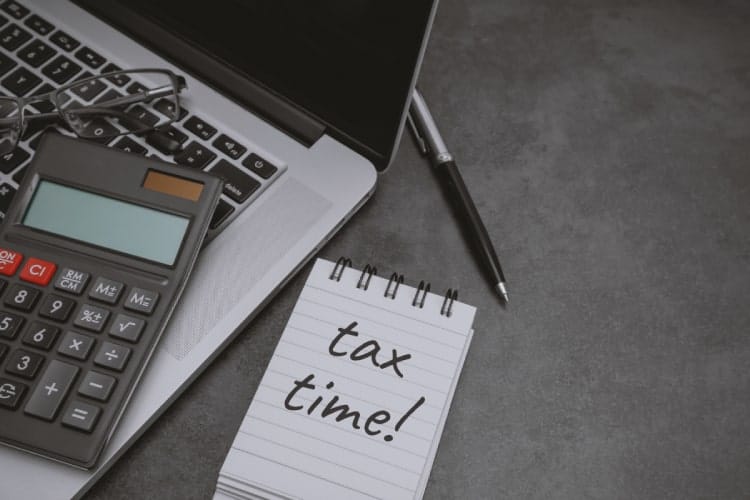The check’s in the mail
Nearly 3 in 10 (29%) U.S. adults are likely to mail in checks to pay taxes they owe, a number which seems surprising until we take a closer look at the generational preferences of taxpayers. Unsurprisingly, Millennials were the least likely to pay by check, with only 12 percent indicating this as a payments preference. 28 percent of Generation X payers preferred checks, while a whopping 43 percent of Baby Boomers were likely to mail a check.
These numbers play out almost as expected when looking through a generational lens, but respondents surprised us when it came to preferences for receiving refunds. Though 71 percent of taxpayers would choose Direct Deposit to receive their tax refund, 19 percent opted to receive a check in the mail. Of this 19 percent, Millennials (22%) favored this approach over Generation X (20%) and Baby Boomers (17%) – surprising given the general perception that Millennials thrive on instant gratification.
Interestingly, only 23 percent of U.S. adults chose electronic funds withdrawal as their preferred payments method for paying taxes. When juxtaposed against the 71 percent choosing Direct Deposit for refunds, it seems Americans are okay with making Uncle Sam wait for his money, but prefer immediacy when getting their money back.
File it away
In terms of filing taxes, 40 percent of Americans are most likely to file electronically through software or websites (e.g., TurboTax, Taxslayer), versus through a professional (30%) and by mail/paper (10%). Here again our assumptions were upended as Generation X (51%) were more likely to file electronically than Millennials (39%).
This may be due to Generation X having more experience filing taxes on their own, with Millennials either being less comfortable filing or undergoing life changes that may drastically alter their returns (e.g., getting married, having children, buying a house).
The scam tax
As is usually the case, money attracts scammers. 38 percent of respondents have experienced tax scams, led by phone scams (27%) and email scams (17%). Despite this, 46 percent of taxpayers who plan to use a tax preparer this year say they don’t check to see if their preparer included their preparer tax identification number (PTIN). This PTIN assures the legitimacy of the preparer, and yet 56 percent of Millennials fail to check these credentials, followed by Generation X (48%) and Baby Boomers (32%).
Tax tip
While paying by check is a tried and true method of payment, it takes longer, and leaves the taxpayer at risk of being late, leading to additional interest and penalty charges. Moreover, if the check gets lost in the mail or stolen, the consumer’s personal information can be exposed and potentially exploited. Setting up an electronic funds withdrawal is much easier and safer.
Delve in the survey for more facts and figures, including four tips to take the stress out of tax time.



